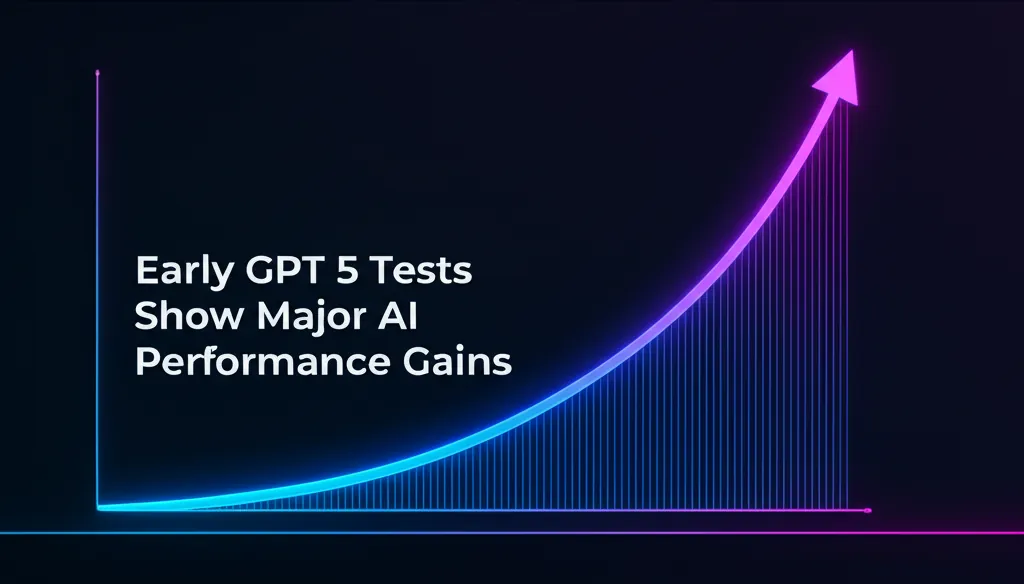Putting Amazons New Alexa Plus To The Test
As a heads-up, this isn't a formal product review. My expertise lies elsewhere, so if you're looking for a technical deep-dive, you might be a bit disappointed. Instead, consider this a first impression from someone who was once a dedicated user of Amazon's original voice assistant.
I used to rely on Alexa for all the simple, everyday tasks: playing music, getting weather updates, checking sports scores, setting timers, and answering fun questions from my kids. But over time, Alexa's performance seemed to get worse. It struggled with basic commands and couldn't carry a conversation like the new AI chatbots. My family and I eventually lost patience.
So, when I received an invitation for early access to the beta version of Alexa+, I was excited to see if it was the upgrade I'd been waiting for.
A Long-Awaited Upgrade
Amazon first teased what would become Alexa+ back in September 2023, but the launch faced significant delays due to structural and technological challenges and later, issues with slow response times. The company finally unveiled more details in February but opted for a gradual, phased rollout. Currently, access to the beta is free for both Prime and non-Prime members, though Amazon has indicated it may cost non-members around $20 a month after the official launch.
My initial take after a few weeks? It's pretty good. If it had launched back in 2023, I might have even called it very good. Its conversational skills are a massive leap from the original Alexa. However, it doesn't quite outshine the voice modes on AI assistants like ChatGPT or Perplexity. I also found that I occasionally had to re-prompt Alexa by name during a conversation after a normal pause, which could become frustrating over time.
Technical Hiccups and Quirks
I ran into some trouble playing Spotify. I was using an 8-inch Echo Show, as Alexa+ isn't compatible with some older devices like our original Pringles-can-shaped Echo. Alexa would claim music was playing when it was silent. I tried troubleshooting in the app but found it unintuitive and gave up. For a smart speaker, having a core function like music playback be unreliable isn't a great sign.

Other issues ranged from comical to annoying. An on-screen prompt suggested Alexa could help me find a new lunch spot, but when I asked, it said it couldn't perform the task. In another instance, a simple request to slow down its speaking speed sent us into a bizarre, minutes-long loop where it did the exact opposite of what I asked. At one point, after suggesting I unplug the device to fix the Spotify issue, Alexa got snippy, with a tone that felt like, “It’s your problem, not mine.” It was more amusing than offensive, but still off-putting.
Panos Panay, who heads up Alexa and devices at Amazon, told me they are “testing a few of the boundaries” with personality. “Where is that boundary is an interesting question,” he said.
Testing Alexa's New Tricks and Actions
My daughter loved Alexa+'s ability to generate images from voice commands. I also tested the new “actions” that Amazon hopes will set it apart. Ordering an Uber by voice was seamless. However, when I asked it to book a dinner reservation at a local sushi place, it failed because the restaurant doesn't use OpenTable, Alexa's only partner for reservations. It just gave me the phone number. Finding the cheapest soccer tickets at a nearby stadium worked well, but I questioned if a four-minute conversation was more efficient than a quick search on my phone.
Amazon's Vision for an Ambient Assistant
Panay insists that early feedback is “overwhelmingly positive” and that the new conversational ability is a hit. He emphasizes the idea of an “ambient assistant” that allows families to get information without getting sucked into the distractions of a phone. “It’s the idea of being engaged with each other and having an ambient assistant there,” he explained.

He also highlighted powerful new household management features, which I wasn't able to fully test. For example, a single command like, “Alexa, every night at 8:30, start dimming the lights in the house and then lock the doors,” can now replace what used to be a complex, multi-step process in the app.
“Please don’t underestimate the power of this,” Panay urged.
The Competitive Horizon: Is 'Pretty Good' Enough?
Amazon is re-entering a much more competitive field. With the knowledge that former Apple designer Jony Ive is helping OpenAI build a new AI device, the pressure is on. Amazon seems to be responding, recently announcing it would buy an AI wearable startup called Bee.
Panay acknowledges there's still work to do before Alexa+ is ready for its hundreds of millions of users. But after such a long wait and with such high expectations, it’s fair to wonder if “pretty good” is good enough in this new AI-driven world. It's clear that while the new Alexa is an improvement, there's more work to be done.


